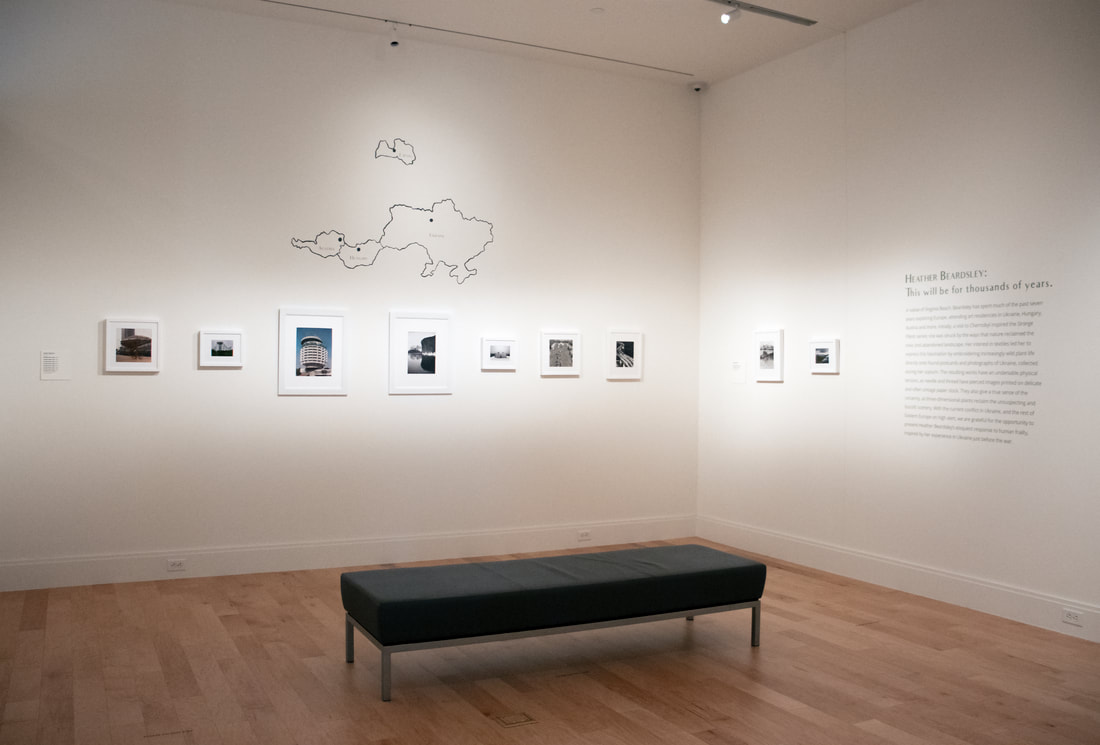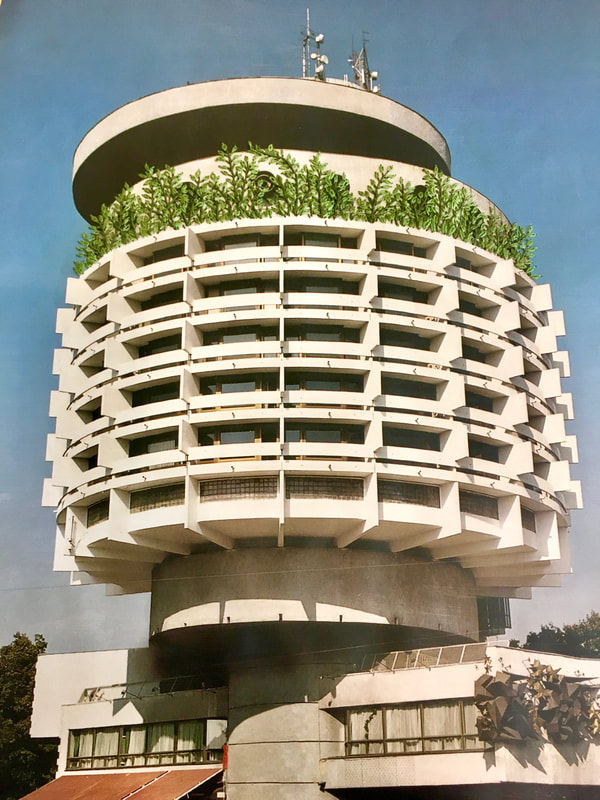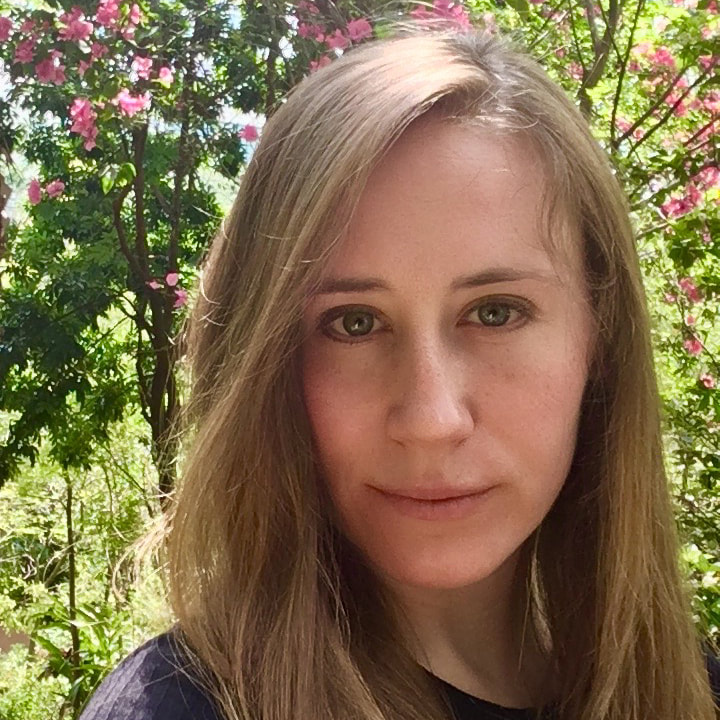"Slava Ukraini,"I remember the first time I said those words when visiting Lviv in 2017. I knocked on a steel door at the end of an unlit passage off one of the main squares in the city. A slot in the middle opened and a voice asked me in Ukrainian for the password. "Slava Ukraini", or victory to Ukraine, was my reply. The door opened and a middle-aged man in a military uniform and fur hat ushered me quickly inside. He poured two shots of clear liquor that we took together, then he swung open a hidden door behind a bookcase. I descended the dark staircase...into the restaurant operating out of this Soviet era bunker. The entire experience was very tongue-in-cheek, with servers maintaining the gimmick of underground resistance by wearing uniforms and serving the food in military canteen kits. I had even heard there was an area where people could shoot photographs of Vladimir Putin, but if it was there I didn't see it. There was an edge to the production though, as Ukraine had been at war with Russia in Crimea and the Donbas since 2014. It was my first visit to Ukraine and a week later I was on a bus from Kyiv to Chernobyl. I had first heard about the nuclear disaster there when I was ten and a girl from Belarus stayed with my family one summer as part of a program to get children out of the radiation part of the year. As I sat on the bus I watched surreal videos of men in hazmat suits walking through Pripyat with while adults and children went about their daily lives unprotected around them.
At one point we stopped in front of rows of dozens of crosses inscribed with names in the Cyrillic alphabet. I was confused, knowing it was far too few to represent people that had died, the guide informed me that these crosses each represented a village that had 'died' as a result of the disaster. Generations of family history were razed in buried, I wonder if any survivors would even been able to locate the sites today. What surprised me most about the trip though was how serene it was. Silent except for the crunch of wet, virgin snow under our feet, this place that saw the worst man-made disaster in history seemed in the intervening thirty years to have healed itself. In some areas the woods are so dense you couldn't see any buildings, then suddenly a lamppost would appear amongst the trees likes something out of the Chronicles of Narnia. Despite being the "most contaminated place on earth", the disappearance of humans has lead to a surprising return of biodiversity in the area where endangered populations like wolves have somehow thrived. The contrasting feelings of loss and hope elicited by this visit stayed with me, tied inextricably to the images of plants growing unbridled over the amusement park rides and apartment blocks. Within a few months I had begun drawing and embroidering these scenes into photographs taken from old architecture books. In 2019 I returned to Ukraine to develop this project further during a residency at IZOLYATSIA in Kyiv. On this trip as well the presence of the war wasn't directly felt, but manifested itself in strange ways. The IZOLYATSIA Arts Foundation was originally located in a converted factory in the city of Donetsk in the Donbas region. In 2014 it was seized by Russian forces and converted into an illegal DPR prison where leaked images show inhumane conditions and evidence of torture. This wasn't the relocated IZOLYATSIA I experienced far away from the war in Kyiv. Its present home is within the grounds of a ship-building factory, the offices and resident apartment situated on the second floor of the workers dormitory. Living there was a window back in time to life in the Soviet Union, lunching at the worker's canteen and returning from a day of exploring to a Babushka guarding the door and half-dressed men coming to the ground floor to use the dormitory showers. The former IZOLYATSIA was in the news while I was there though, courtesy of a controversial prisoner exchange agreement for prominent Ukrainian journalist Stanislav Aseyev, who had been imprisoned there for two years. Despite Ukraine being at war with Russia during all of my four trips there between 2017 and 2020, I was still shocked when Russia launched their full scale invasion in February 2022. Even though I have spent more time in Eastern Europe than most Westerners I know, I was either blind or in denial about how far Putin was willing to go to reclaim a piece of Russia's lost empirical glory. Directly inspired by my visit to Chernobyl, I have worked continuously on the series Strange Plants since 2018. Often since February I have felt like this work related much too closely for comfort to the news coming out of the war in Ukraine. The first day of the invasion the Russians were firing artillery in the vicinity of the sarcophagus housing Reactor 4 at Chernobyl, and not long after came reports of Russian soldiers being hospitalized for digging trenches in the irradiated soil of the Red Forest that surrounds the site. More recently the heaving fighting and power outages around the Zaporizhzhia nuclear plant have drawn international concern over the threat of a 'second Chernobyl'.
Ukraine is part of the soul of this work, it was before the invasion and its influence remains now. What I don't know, and am much less comfortable with, is how and if my work can be used to talk about the present conflict. Ukraine isn't my home, no ancestral connection even. I can't speak to the tremendous loss of life, home, security and culture the Ukraine people are experiencing. But Ukraine is still real to me in a way only a place one's spent time in can be. Watching news footage of war from afar can feel alien to the point of being almost dehumanizing, as if the brain needs to other and maintain a sense of separation from the suffering, violence and destruction to keep functioning. Maybe that is where my pieces can serve a purpose, sharing something of Ukraine outside of war with people in America and elsewhere, a piece of the culture I experienced there that Russia now seeks to extinguish. Shortly after the invasion began in February a Ukrainian curator shared some of my images of Kyiv on Instagram. When I messaged to thank her, she replied that looking at the pictures reminded her of the beauty of the city and made her happy, so she wanted to share that feeling with others. My exhibition This will be for thousands of years at the Barry Museum in Norfolk, VA, features many of these embroidered photographs of Kyiv along with other cities in Eastern Europe. I was afraid showing these pieces now might be seen as trying to capitalize on the recent, unfortunate, relevance of this series to current events. I do think there it is important to show this work now though, to share images of Ukraine that aren't dominated by tanks and bombed out buildings, images that connect Ukrainian cities to other cities around the world. The title is a quote from Svetlana Alexievich's collection of first-hand stories of survivors Voices from Chernobyl. It's a reminder that our actions today can have impacts that last longer than the human mind can comprehend. Witnessing the regrowth at Chernobyl gives me hope that though the impact of the war will remain, Ukraine will come back from this even stronger and more beautiful than before.
There will be an evening of programming around the theme of conservation to accompany the exhibition Friday, September 9, 2022 from 5pm to 8pm and the exhibition will be on display until the end of 2022. For more information about the event and the exhibition you can visit the links below: https://www.eventbrite.com/e/u-nite-collection-conservation-tickets-367018130107 https://barryartmuseum.odu.edu/exhibition/strange_plants/
1 Comment
|
Heather Beardsley is an American visual artist. In 2016-2017 she was awarded an International Artist Scholarship by the Ministry of Science and Culture of Lower Saxony, Germany. She received her MFA from the School of the Art Institute of Chicago in Fibers and Material Studies in 2015. She has exhibited work throughout the United States and Europe. Archives
June 2023
Categories
All
|
|
|







 RSS Feed
RSS Feed